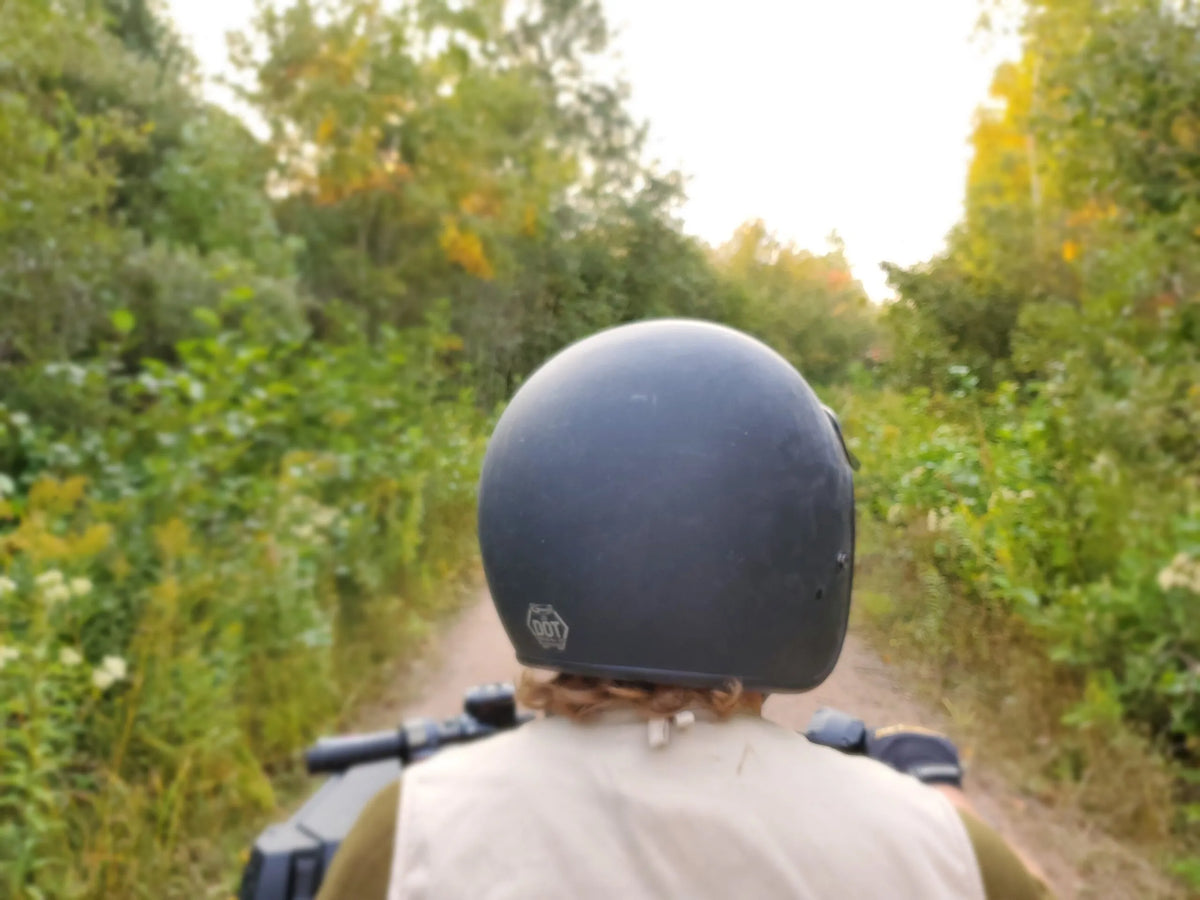2 min read

I enjoy going into the photo gallery on my phone, closing my eyes, and then scrolling for a few seconds to see which photo I land on. Then, I’ll attempt to relive that moment with as many details as possible. This is a fun way to engage my imaginative muscles.
I close my eyes and place myself within the scene of that experience. Then, I scan what’s in front and behind me to hone in on the details. The more information I can recall, the greater the flex.
Sometimes, I need help remembering beyond what the photo showed me, and I’ll have to search for additional context within photos of proximity. I never take just one shot, so a swipe in either direction likely fills the gaps.
Once I’ve gone as far as I can with recreating the setting and scene in my imagination, I move to relive the experience. It plays out like a movie, and I focus on feeling it as if it was happening now.
I started doing this as a way of building my visualization skills. While some people are natural at dreaming up scenarios and scenes, I seem to lack this.
As a kid, I learned to draw the Teenage Mutant Ninja Turtles by tracing them. It was an assist my brain needed in order to learn how to draw free hand. Where my hands had already gone, my brain could later recall, just like training wheels on a bike.
Last summer, after the move that didn’t happen, I realized I hadn’t done much at all to prepare my mind for the move. If I had, it is entirely likely that I would have known this wasn’t the right plan before the moving truck was in the driveway.
Visualization is generally used to bring about the most optimal outcome. As an example, golfers exemplify this practice by bringing the experience of the perfect swing to their body ahead of the event.
“Chance favors only the prepared mind” – Louis Pasteur
It’s possible that with a more prepared mind, I’d have pulled the move off. It may have begun to feel yummy and right for me at some point. But I theorize that it’s also possible I’d have encountered the moving truck in the driveway moment in my imagination – before it occurred in reality – and I could have zeroed in on the feelings of dissonance within.
I find that such a fascinating notion to consider! When reverse-engineered, visualization may also help us to make decisions or recognize we’re on the wrong path. This speaks to the ‘nocebo effect’ which is just as real as the placebo effect, only we rarely hear about it.
This summer my clarity on the move has grown organically. I haven’t had to visualize in order to get clear on my decision. I got clear, and the visualizations began coming to me at the most random of times. Suddenly I caught a glimpse of my sweet Finn and me in the truck driving down my street. Another time I saw us pulling off the exit ramp to the street that leads to our new home.
So perhaps my thinking I need to build muscles of visualization and imagination is just an exercise in futility.
What if the golfer who ends up swinging the perfect swing did so not because he properly visualized to prepare his mind, but because he clearly and powerfully decided he’s the golfer with the perfect swing? What if the visualizations thereafter were just him reliving the photo of the experience yet to happen?
Pretty trippy, eh?
Comments

Leave a Comment close
Leave a Comment